 |
| At the age of 73, Mr. Dieu Oanh (right) in Phuoc Son commune, Dong Nai province is still devoted to his ethnic basket weaving profession. Photo: Tu Huy |
It is not only a familiar tool associated with production labor but also a cultural symbol of ethnic communities, especially the Stieng and Khmer people in many localities. Keeping the craft, for them, is not simply a way to make a living but also a way to prolong the memory of their ancestors and preserve the national soul.
The craft of weaving baskets
The basket weaving profession has existed for a long time, closely associated with the lives of the Stieng, M'nong, and Khmer ethnic groups in remote, isolated, and border areas of Dong Nai province. Bamboo, reed, and reed are simple materials, but when passed through the skillful hands of the craftsmen, they are transformed into durable and sturdy items.
The process of making a basket requires meticulousness and care. From the stage of choosing the material, the age of the tree must be carefully considered to ensure it is not too young or too old. The craftsman usually chooses bamboo of the right age, then splits it into thin strips, smooths them, and dries them to maintain their flexibility. Many bamboo strips are also dyed and treated so that when woven, the finished product will have beautiful patterns. The stage of building the frame determines the shape of the basket, followed by weaving the bottom, back, mouth... Each bamboo strip must be even, tight, and precise.
Mr. Dieu Oanh (73 years old, living in Phuoc Son commune, Dong Nai province) said: “I have been weaving baskets since I was 20 years old. There are many styles of weaving baskets, the most difficult is to make the bamboo strips even and create beautiful patterns. To do so, you must know how to place the bamboo strips correctly and evenly. Bamboo used to make baskets must also be carefully selected; if it is too young, it will wither, if it is too old, it will break. If it is durable and beautiful, you must also choose the right bamboo, it is also very elaborate.”
In life, the basket is a “friend” of ethnic people. Going to the fields, forests, markets…, the basket is used to carry rice, noodles, corn, potatoes, even firewood. It can be said that it carries on its shoulders the entire production and daily life of the people. The common point of basket weaving in Dong Nai is durability. They are diligent, slow, and persistent in each weaving. Therefore, the basket is not only a simple item, closely associated with the daily production of ethnic minorities but also carries its own cultural value.
The basket reflects the customs and lifestyle of the community.
Although both are called “backpacks”, the products of the Stieng and Khmer people have their own distinct characteristics, reflecting the customs and lifestyles of each community. The Stieng people often create large, sturdy backpacks, focusing on functionality. The patterns on the Stieng backpacks are mainly simple horizontal and vertical lines, with few colors. For the Stieng people, the backpack is an essential item on the fields, helping them transport agricultural products and carry food from the forest back to the village. Many Stieng artisans share that “the backpack is as strong as the Stieng people’s back”, flexible, durable, and attached to the land.
On the contrary, the Khmer people in Loc Hung commune weave baskets with an aesthetic focus. Khmer baskets are smaller but have elaborate patterns, sometimes with eye-catching colors and shapes. This profession also bears a special custom: it is only passed down to the men in the family. According to the traditional concept of the Khmer people, basket weaving requires strength and patience, and is the responsibility of the men, who shoulder the heavy work and preserve the identity.
Mr. Lam Ty, an elderly artisan in Loc Hung commune, shared: “With a selling price of 150,000-400,000 VND/basket, there is no need to go far, when finished, just hang it on the wall, passersby will see the beauty and buy it. This job helps my wife and I have enough to eat and wear. The most precious thing is to keep the profession of our ancestors.”
One thing worth noting is that for the Khmer, the basket is not only a daily activity but also a cultural product. Each bamboo strip and each woven piece carries a family story and tradition. As Mr. Lam Day, Head of Baven Hamlet, Loc Hung Commune said: “Weaving is an ancient custom. We keep the craft so that our descendants will know how our grandparents made the basket.”
Teaching the next generations
The basket weaving profession, which was already limited in number, is now even more difficult to maintain as the younger generation gradually leaves their hometowns to work far away. Many young people choose other jobs with more stable incomes, leaving behind the old hands that are still patiently working with each bamboo strip and each bamboo tube. However, the flame of the profession has not been extinguished. In Loc Hung commune, many older people have returned to learn the profession after a period of abandonment.
To preserve the craft, a number of craft groups have been established. In many villages, the elderly who know the craft are willing to provide free instruction, hoping that the younger generation will be interested. The Stieng Cultural Conservation Area in Bom Bo (Bom Bo commune, Dong Nai province) has gradually included the craft of basket weaving in its intangible heritage preservation program, opening long-term training courses for many generations of Stieng people to restore and maintain the craft.
Mr. Pham Anh Tuan, Director of Bom Bo Commune General Service Center, said: “Such classes not only create conditions for generations of S'tieng people to pass on valuable knowledge in their traditional basket weaving craft to the next generations, but also serve as a basis for connecting with community tours . When visitors come to experience, they not only watch but also try to weave a few bamboo joints themselves, feeling the elaborateness and meticulousness of the craft.”
The most important thing now is the output for the product. If the basket is only used for daily purposes, the profession will have difficulty surviving. But if it becomes a cultural and tourism product associated with the OCOP Program (One Commune One Product Program), associated with experiential activities for tourists, the basket will have a new life. At that time, the craftsman will both keep the profession and have more income, and the younger generation will have the motivation to learn and continue.
The basket weaving profession of the ethnic groups in Dong Nai is not simply a handicraft. It is the memory of many generations, a reflection of the identity of each ethnic group, a testament to the cultural vitality in modern times. Each bamboo basket not only carries agricultural products but also "carries" the story of its people, from the past to the present. Preserving the profession is preserving the culture. In the period of industrialization, when everything can be replaced by machines, the value of handicrafts is even more precious. Each weaving, each pattern is not only a product but also a heritage. As Mr. Lam Day, Head of Baven Hamlet, Loc Hung Commune said: "Preserving the profession is not for yourself but for your children and grandchildren, for the future."
Lyna Phan
Source: https://baodongnai.com.vn/dong-nai-cuoi-tuan/202510/giu-gin-nghe-dan-gui-cua-cac-dan-toc-o-dong-nai-2752997/



![[Photo] Parade to celebrate the 50th anniversary of Laos' National Day](/_next/image?url=https%3A%2F%2Fvphoto.vietnam.vn%2Fthumb%2F1200x675%2Fvietnam%2Fresource%2FIMAGE%2F2025%2F12%2F02%2F1764691918289_ndo_br_0-jpg.webp&w=3840&q=75)




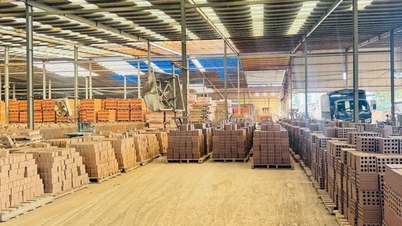

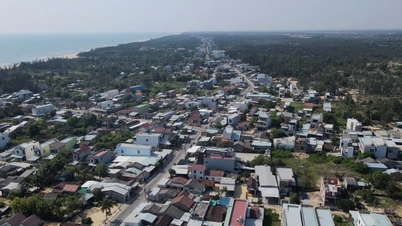



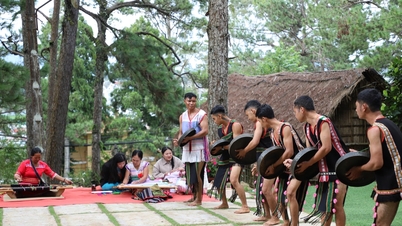













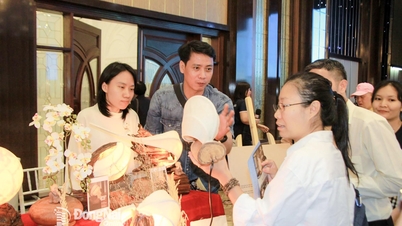








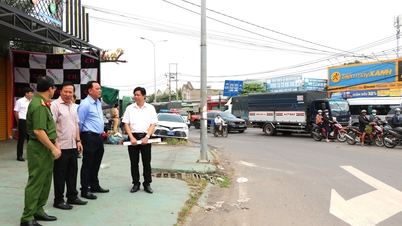
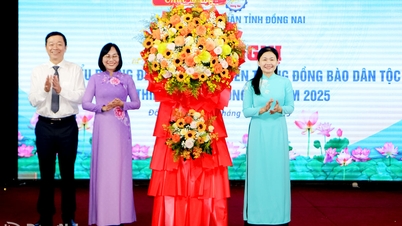


![[Photo] Worshiping the Tuyet Son statue - a nearly 400-year-old treasure at Keo Pagoda](/_next/image?url=https%3A%2F%2Fvphoto.vietnam.vn%2Fthumb%2F1200x675%2Fvietnam%2Fresource%2FIMAGE%2F2025%2F12%2F02%2F1764679323086_ndo_br_tempimageomw0hi-4884-jpg.webp&w=3840&q=75)
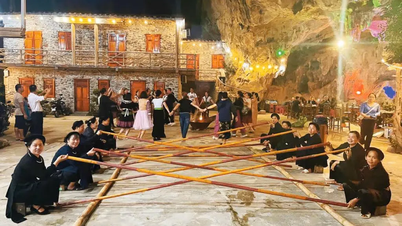



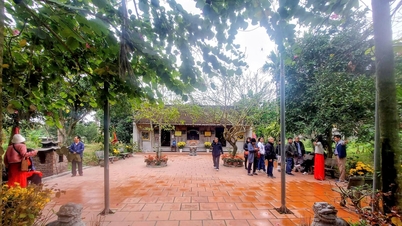



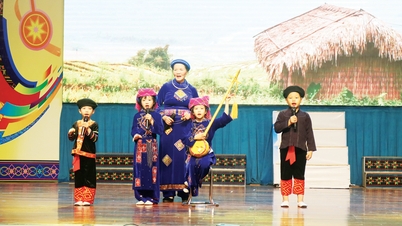





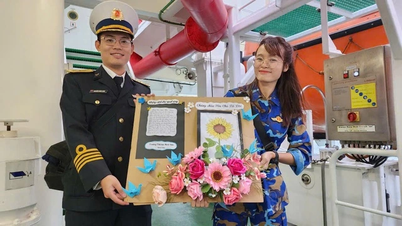


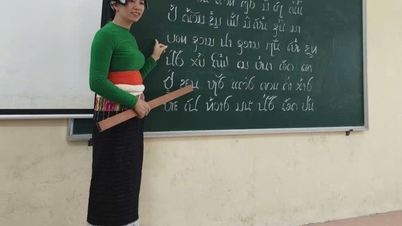

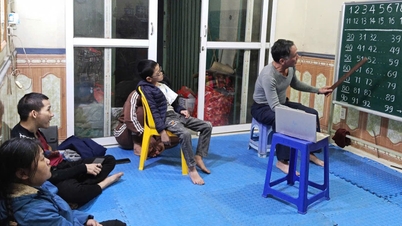































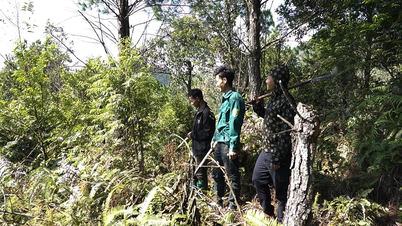




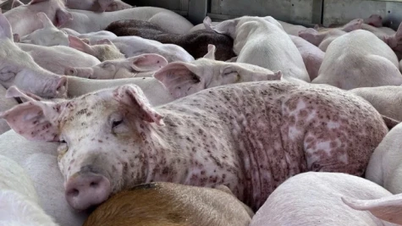
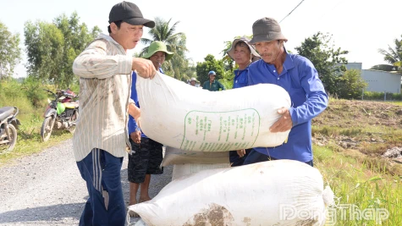











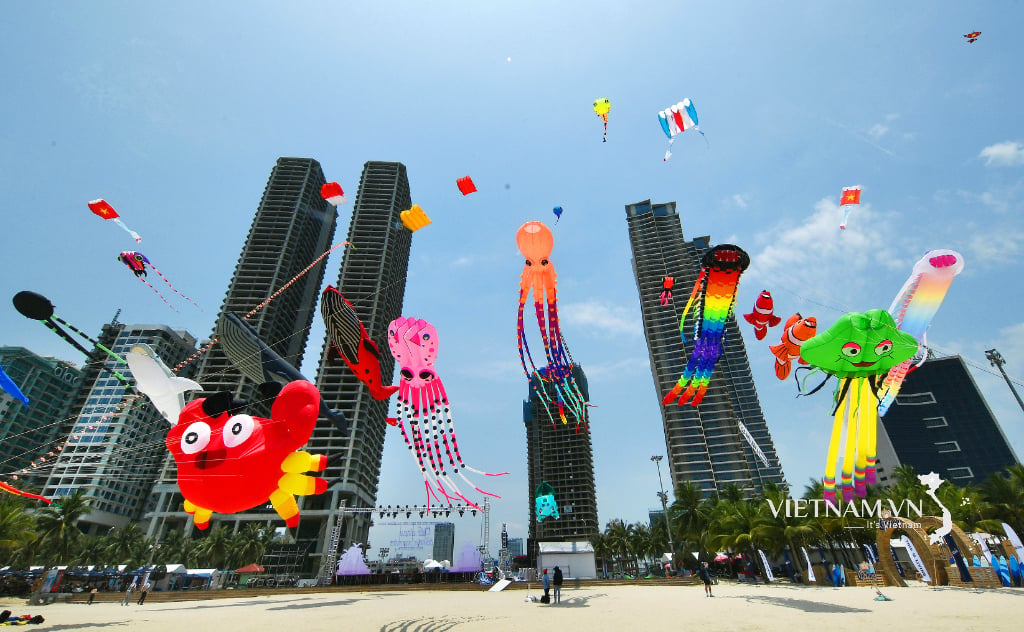


Comment (0)